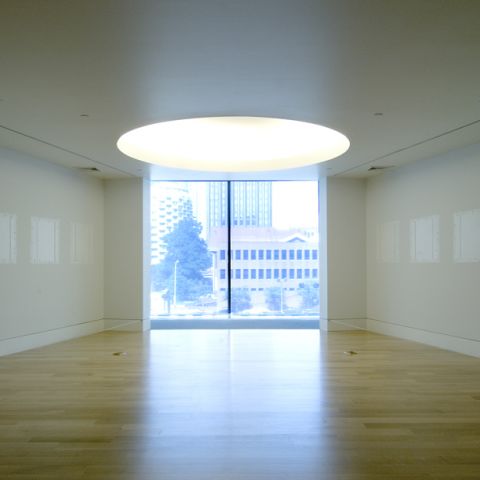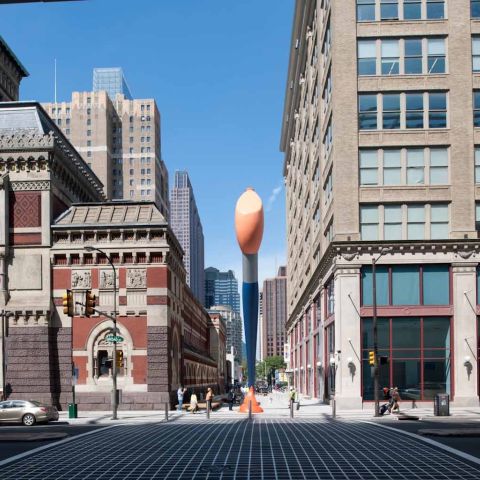The Living Temple
Special thanks to Naima Karlsson
The Living Temple is a major retrospective centered around Swedish visual artist, designer, and musician Moki Cherry (1943–2009), bringing together textile art/tapestries, paintings, concert posters, clothing and costumes, ceramics, music, video, and archival materials to explore her omnivorous and omnipresent creativity. Moki’s work was rarely done in removed, rarefied “artist’s” spaces, made with precious materials, or created as isolated “art pieces”: she created as part of living, incorporating wildly colorful and inspired pieces made of fabric, clay, and wood to be used in her everyday life. The result is a “living temple”—as in a “living space,” a creation both unremarkable in its function and extraordinary in its inspirational nature.
Central to her artistic production was her family life, with her life partner, American composer-performer Don Cherry (1936–1995), and their children. Moki’s mantra, fully embraced by Don, was “home is stage, stage is home,” and her creative center was in their shared living space; but far from the role of “homemaker,” she is perhaps more accurately termed a “worldmaker.” Through paintings, furniture, ceramics, and textile arts (from clothing design to large, visually stunning wall hangings), as well as video, audio, and live performance, Moki’s work drew inspiration from a wide range of media, forms, and most of all relationships—primary among them with Don and their children.
Starting in the 1960s, and for more than two decades, their alliance entwined music, performance, and art in unprecedented ways, creating hybrid audiovisual spectacles brimming with life and social consciousness. They coined the terms “Movement Incorporated” and “Organic Music,” evoking both new experiences and their roots in the natural world. Don was thought to have “dropped out” of the music scene during this period, but instead, he and Moki were entering into a new, radically creative space, de-classifying everything about contemporary music and art—how and where it existed, who got to create it, who and what it was for, what sources fed it and were fed by it, etc.
The Living Temple will center around Moki’s extraordinary textile creations, which provided a rich, fluid, and mobile context for the couple’s art and life. Her vivid tapestries, cushions, and even clothing were foundational to bringing the couple’s inclusive ethic and immersive artistic experience everywhere—not only in their homes, but touring internationally as well. Moki’s moveable art transformed otherwise unremarkable spaces into the setting for the “happening”-like concerts that they organized. As part of the exhibition, we are eager to help visitors enter into this artistic immersion—not only to see Moki’s creative eye but to understand the role that the works played in creating a total experience.
This is where the work of Chicago-based Chicanx artist Lisa Alvarado, who works (like Moki) in both paint and textiles, comes in. Lisa is known for her free-hanging abstract paintings. Her works operate as stage sets and artworks simultaneously, as a mobile setting for the band Natural Information Society (NIS), led by her husband Josh Abrams and for which she plays harmonium—and which sees itself in the tradition of the Cherrys. Within the museum walls, Lisa’s original work will both provide a context and be contextualized by Moki’s groundbreaking (and too-long-overlooked) pieces. Lisa will be creating an immersive environment in one of the gallery rooms, where associated musical and other programs will take place. These original works will change the visitor experience: first, by helping them understand Moki’s work and the exhibition materials in a first-hand, experiential way, giving them an idea of how the materials could have been used; and second, in demonstrating that the Cherrys’ work, and in particular Moki’s contribution, continues to be relevant today, inspiring a new generation of boundary-defying artists.
SPONSORED BY
Major support for The Living Temple provided by The Pew Center for Arts & Heritage.
Featured image: Courtesy of Galleri Nicolai Wallner, Copenhagen


